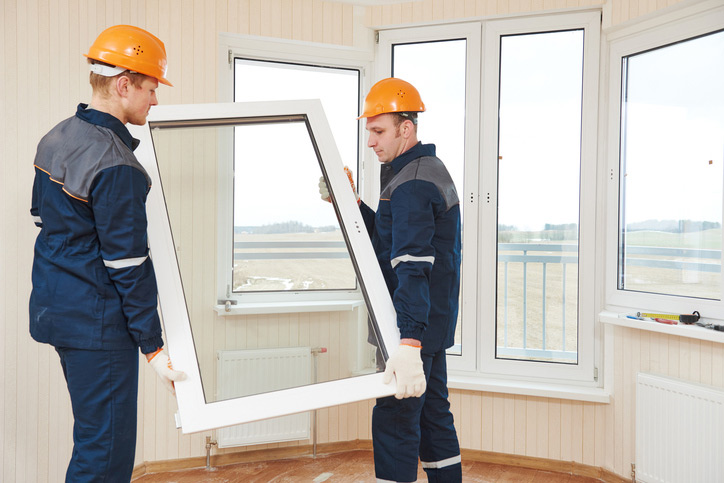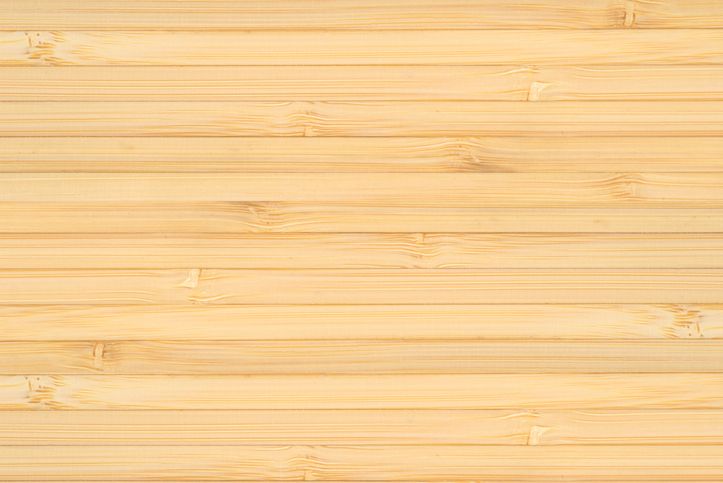Living a green lifestyle is one of the more rewarding decisions any homeowner can make. With your own property, you have the freedom to build a compost pile in the backyard, get involved in local recycling projects, and even put up your own solar panels. Of course, while things like water conservation and material reuse are important, one of the biggest aspects of a green lifestyle is lowering your power bill. Not for the money, though that’s always a nice touch, to reduce your household’s need for coal and nuclear-generated power. Energy efficiency isn’t a temporary effort, it’s a long-term movement to pull our society away from dependence on polluting energy sources and turn everyone toward increasingly affordable and convenient renewable alternatives.
To that end, it’s important to realize that as a homeowner, you have the freedom to do other things as well. Rather than just adding green aspects to your home like trees and solar, you can invest in making your home more energy-efficient overall with a little modest DIY (or professional) remodeling.
Replace Your Old Windows
We are conditioned to the concept that windows are sealed and that closing a window also effectively blocks any heated or cooled are from leaking out or keeps the outside temperature from getting in. Unfortunately, even windows that were made to be sealed eventually come loose and there goes your energy efficiency. If your home has older windows, there is a very good chance that you need more than weather stripping to keep them from leaking temperature. Even vacuum-sealed double-paned windows can become compromised.

Signs Windows Need Replacing
- Loose and Rattling Panes
- Condensation Between the Panes
- One-Pane Windows in a Cold Climate
- Window Won’t Latch or Lock
A New Front Door
You may not realize it, but the front door can actually be one of the worst energy leaks in an entire home. Old solid timber or metal doors are particularly suspect as they often age and form gaps between the door and the frame. Windows in your door can become unsealed just like windows in the walls and any damage done to a door can also result in air leaking between the inside and outside of the house. Replace your front door with an insulated fiberglass model that qualifies for an energy star instead.
Energy Efficient Floors
How insulated is the area under your floors? If there is a space beneath the ground and your floor, this is more likely to conform to the temperature outside than inside and if your floors aren’t insulated and sealed, that temperature can get it. This is partially why floors tend to be warm in the summer and cold in the winter. Replacing your floor with a more energy-efficient design can have a significant impact on your power bill and allows you to pick a greener flooring like luxurious and infinitely renewable bamboo.
Check Your Foundation
When a foundation cracks, so do the entire house, though the early signs may be difficult to detect. Common symptoms of a cracked and slipping foundation include walls and floors forming gaps or cracks which, as you can imagine, are not good for your home’s energy efficiency. If you’ve been noticing your power bill slipping upward, take a look at your foundation and consider calling for an inspection. Not only will fixing your foundation early save you on more extensive and costly later repairs, but it will also press your home back together and close any leaky cracks.
Signs Foundation is Cracked
- Crooked Doorways
- Uneven Floor
- Gaps and Cracks in the Walls
- Unusual Humidity and Odd Smells
Insulate and Ventilate the Attic
The attic is the one ‘room’ in any home that is most exposed to the elements. Just below the roof, the attic can become sweltering in the summertime and freezing in the winter, an issue made even worse by direct blazing sunlight and piling snow. Other than shade trees and roof cleaning, you can reduce the amount the attic transfers heat or cold into your home in two ways. You can improve the insulation so that the attic’s temperature doesn’t spread and you can improve ventilation which will help disperse accumulated heat or cold.
Rugs and Draperies
Throw rugs and draperies are especially important in the winter. Cold is pervasive and it comes at you from all directions. It comes up through the floor, in through the windows even with sealed double panes, and down through the attic. Throw rugs on your hardwood or tile floors can help to reduce the amount of cold that comes up from under the home and thick draperies will stop it at the windows. Even putting drapes up on blank sections of walls can help further insulate your home and improve the heat retention inside.
Update Old Fixtures and Appliances
The vast majority of energy efficiency concerns for a home relate to maintaining or supporting the work of your AC and heating unit but there are other powers drains in the home as well. Once you’ve sealed all the cracks, turn your attention inward. Older light fixtures and appliances in a home were built before our recent focus on energy efficiency and are likely to be using more electricity than necessary. By replacing these fixtures with new energy-efficient models, you can significantly reduce the power drain of your day to day activities. Look for Energy Star appliances if you can.
Look Into Replacing
- Dishwasher
- Clothes Washer and Dryer
- Stove and Oven
- Refrigerator
- Water Heater
- Coffee Maker
- Fans, Humidifiers, and Air Filters
- HVAC
Flush Your Water Heater
Finally, your water heater works hard all day to make sure that you have enough hot water for a nice long shower and possibly a load of dishes at the same time. However, even a relatively new water heater needs a little maintenance from time to time. Sediment from the water slowly sinks and builds up at the bottom of your water heater but this non-water material will reduce the heater’s efficiency forcing it to use more electricity. Flushing your water heater to clear this sediment about once every six months will help. Of course, if your water heater isn’t relatively new, consider replacing it with a new energy-efficient model instead.
Energy efficiency isn’t just something you do, it’s something you build. Brand new homes can be built to achieve a ‘net zero’ power cycle, meaning their solar panels can produce enough for comfortable daily life without a grid connection and completely solar-powered cars are just around the corner. With all this energy-efficient technology, there are dozens of ways you can upgrade your current home to a better, greener lifestyle for the long haul.
If you have to resist any questions, please contact us!

About the Author
Jen is your go-to guru for crafting a cozy, green cocoon. 🪴 Her dive into sustainable building wasn’t just about saving the planet—it started as a mission to make family movie nights eco-friendly (and to ensure the popcorn was the only thing getting heated!). With a knack for breaking down the jargon, Jen turns eco-lingo into everyday language. Swing by the Green Living blog for a mix of earth-loving advice and home improvement hacks. Whether you’re just dipping your toes into green waters or you’ve been swimming in the deep end of DIY projects, Jen’s here to guide, giggle, and remind you that every eco-choice is a step towards a planet that thanks you… and maybe even sends a rainbow your way! 🌈


